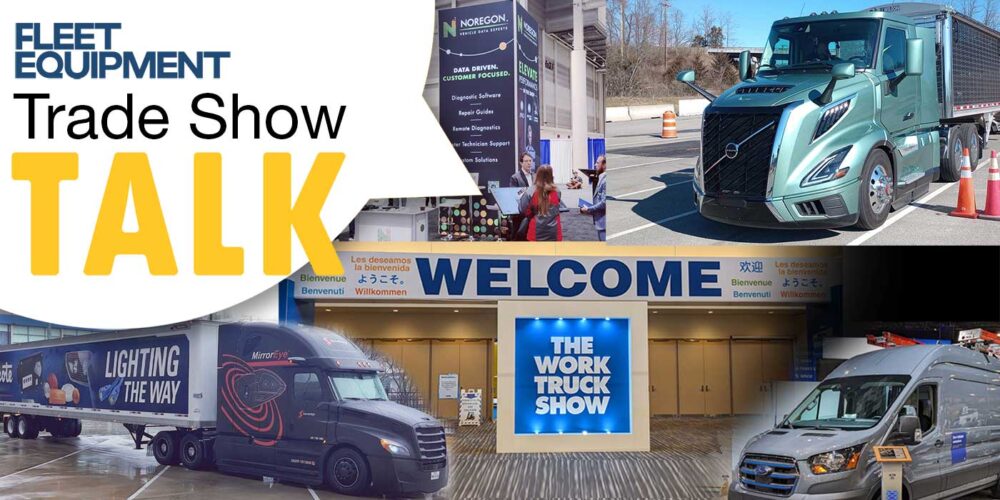One important aspect affecting the spec’ing of lift axles is the Bridge Formula, which was created by the federal government in order to keep bridges from becoming too overloaded. This federal law states that two or more consecutive axles may not exceed the weight computed by the Bridge Formula even though single axles, tandem axles and gross vehicle weights are within legal limits. As a result, the axle group that includes the entire truck must comply with the Bridge Formula.
“[These] laws have a staggering impact on axle design simply because every manufacturer of lift axles desires to have the lightest, most durable suspension to accommodate the ongoing changes of our countries bridge laws,” Reyco Granning’s District Sales Manager Brandon Covault says. “Today’s Class 7 and 8 trucks have been developed longer to stretch out the weight they are carrying so that the entire weight spreads across the bridge longer.”
“The Bridge Law seems confusing to many people,” begins Jason Heath, SAF-Holland’s product manager of powered vehicle systems, “but it can really be boiled down to two things: axle load and axle spacing. Axle load is obvious—too much load on one axle can overload the infrastructure.
“What about axle spacing?” he asks. “Axle spacing is akin to the old adage of being on thin ice. If you hear ice cracking, what are you supposed to do? Lay flat on the ice. Why? While your weight is unchanged, it is spread over a larger area and this keeps the ice from cracking further. The same principle applies with the bridge formula. A short truck weighing 80,000 lbs. is worse on bridges than a longer truck of the same weight.”
“Each state has their own Federal Bridge Regulation requirements—some allow steer lifts only and some don’t allow any lift usage. Bridge formula is a calculation of allowable GVWR based upon the number and span of load carrying axles in contact with the road,” explains Sam Sather of Hendrickson applications engineering. “For states that strictly follow this, typically lift axles rated 13,000 lbs. and below are adequate. Some states have grandfathered laws or special permit provisions that allow additional load to be carried beyond bridge law, up to a gross axle weight rating of 20,000 lbs. or higher, which is where higher capacity axles rated 16,000 lbs. and above are designed to cooperate.”














